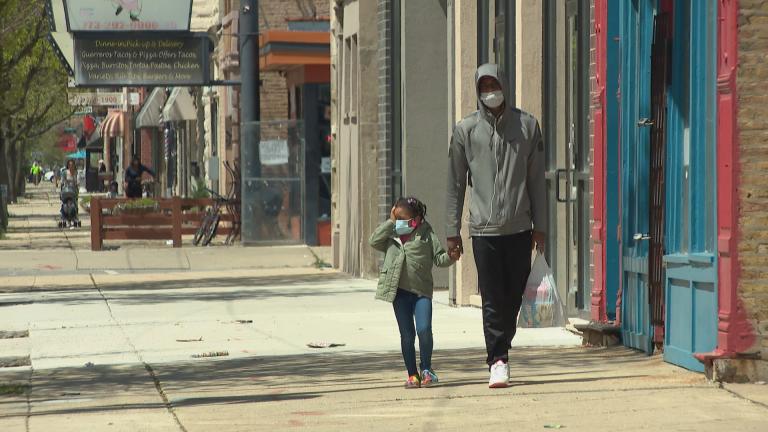Did You Know?
Open streets and Chicagoland’s transportation recovery planning

We’ve been listening to feedback from our supporters about open streets and want to respond in order to clarify some important points. We also want to continue to share how we are developing our overall response to the COVID-19 pandemic.
We do not oppose open streets. By raising concerns about potential harms to public health and urging that any initiative be community-informed, we regret that some supporters got the impression we’re against any changes to street design during the pandemic. We appreciate everyone engaging with us and look forward to continuing the conversations.
Amidst all of this, we cannot lose sight of the immense human and economic toll befalling communities across our region, in particular among Black and Brown people. Addressing the needs of the most impacted communities should be our guiding light, above and beyond pushing any specific project or program.
STAY AT HOME – FOR NOW
The fact remains we are still under a stay-at-home order requiring us to limit all non-essential travel. As such, the when, where, and how of redesigning streets during COVID-19 requires balancing desires for quick action against the need to prioritize public health.
As the dynamics of the pandemic change and weather warms up, community mobility needs will change. Therefore, in addition to discussing what we can do today, we urgently need to be preparing for what is going to happen over the next several months.
RECOVERY PLANNING – LOOKING AHEAD
As restrictions ease and travel increases, walking, biking, and transit must be safe and reliable options so we don’t see a harmful jump in driving. To achieve that goal we are putting together a toolbox of possible solutions. These ideas will continue evolve and change as we engage with communities throughout the region, but some initial ideas include:
- Developing “recovery networks,” which include new bikeways to support trips while transit capacity may be limited.
- Expanding sidewalk space in busy commercial corridors and business districts (an idea we’ve already been working on.)
- Providing alternatives along crowded bus routes
- Tapping into our strong residential street network to create greenways and calm spaces for walking and biking.
- Re-opening the Lakefront Trail and including requirements to keep moving and travel solo or with members of your own household. Non-police city personnel could monitor and encourage social distancing.
Read more about our public transit advocacy during COVID-19.
We should also amplify and build on existing efforts, such as Chicago’s Vision Zero approach to crash reduction. Initial data indicates that, while traffic crashes are down across the region, speeding and the severity of crashes are up.
Chicago knows where its high crash corridors are – mostly in communities of color on the South and West Sides – and has the outlines of plans to fix them. An aggressive recovery strategy of infrastructure and policy changes on these streets, in Chicago and suburban areas alike, could increase safety while supporting essential trips on foot and bike.
We’re sharing and discussing these ideas and others with Chicago Mayor Lori Lightfoot, Chicago City Council, and the Chicago Department of Transportation (CDOT). We’re also supporting suburban advocates who are reaching out to their local leaders.
CDOT is inviting residents to share what they’re seeing in their neighborhoods and ideas for local transportation improvements. You can send your thoughts to covidmobility@cityofchicago.org. Be sure to include details, like the nearest intersection to the issue you are reporting.
COMMUNITY LEADERSHIP – LAYING THE GROUNDWORK
Before we put a toolbox to work, the communities most impacted by the epidemic should take the lead in determining which mobility solutions are most needed.
To push the solutions mentioned above or other mobility ideas without allowing the people and communities most impacted by the pandemic to lead the conversation would be to repeat mistakes that have been made for years by transportation planners and advocates, including our organization.
We’ve worked hard to grow and evolve on this front and, while there’s more work to do, we’re proud of how our team is contributing to local and national conversations about mobility justice in the time of COVID-19.
To that end, we are in the process of conducting extensive outreach across the city and suburbs to gain a better on-the-ground understanding of different communities’ mobility priorities, with a focus on people and places most impacted by the pandemic. And we’re digging into the data on transit ridership, essential workers, and COVID-19 impact to illuminate critical transportation needs. These will inform what our next phase of advocacy in these unprecedented times will be focused on.
There is much more work ahead and we hope you’ll continue to join us in fighting for healthy, sustainable, and equitable communities.
Photo courtesy of WTTW.
Make a Donation
Your tax-deductible donation supports the important work that Active Trans does throughout the region
